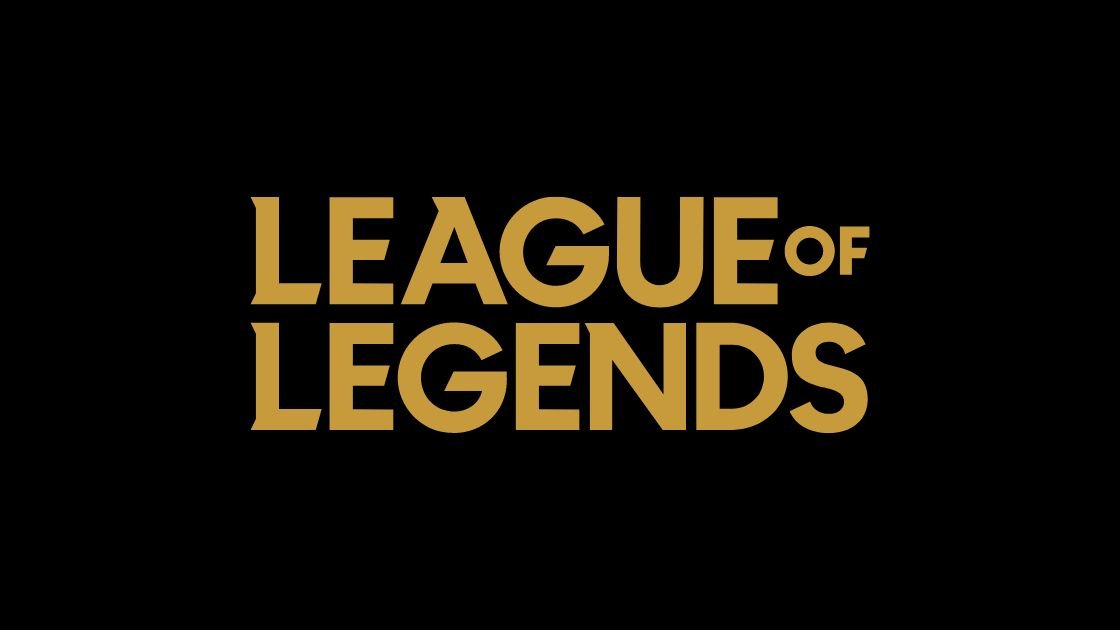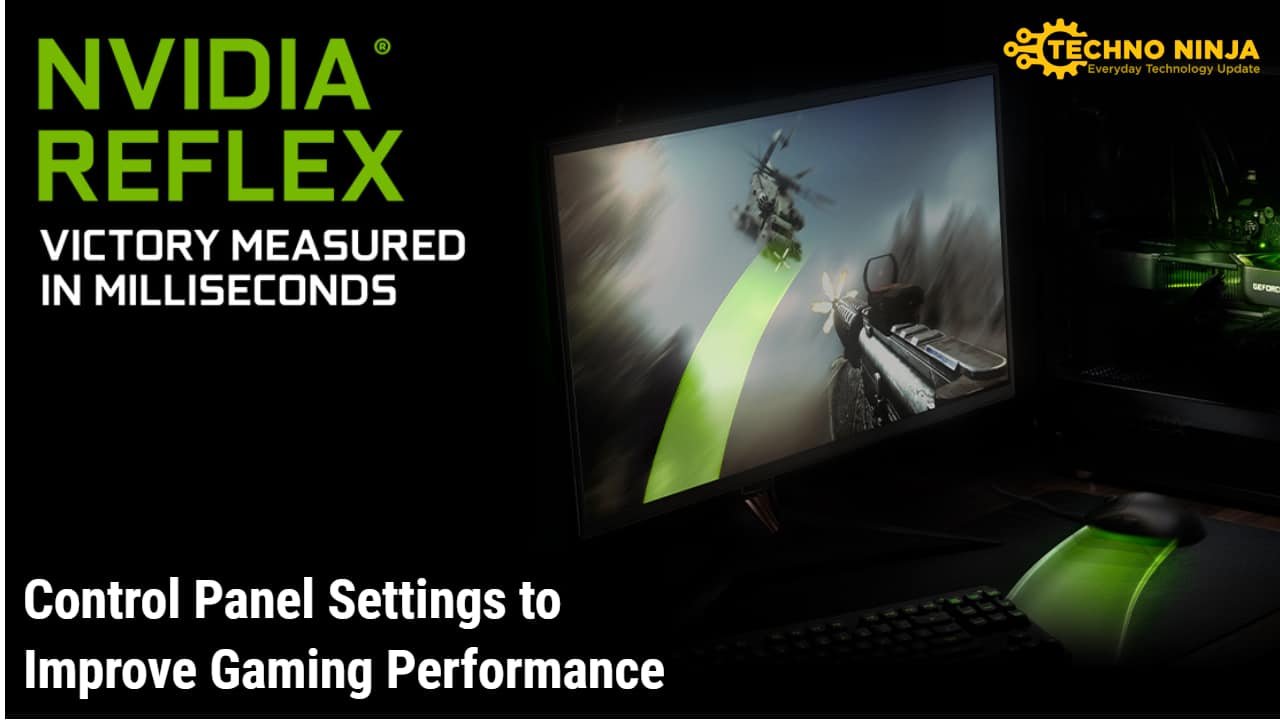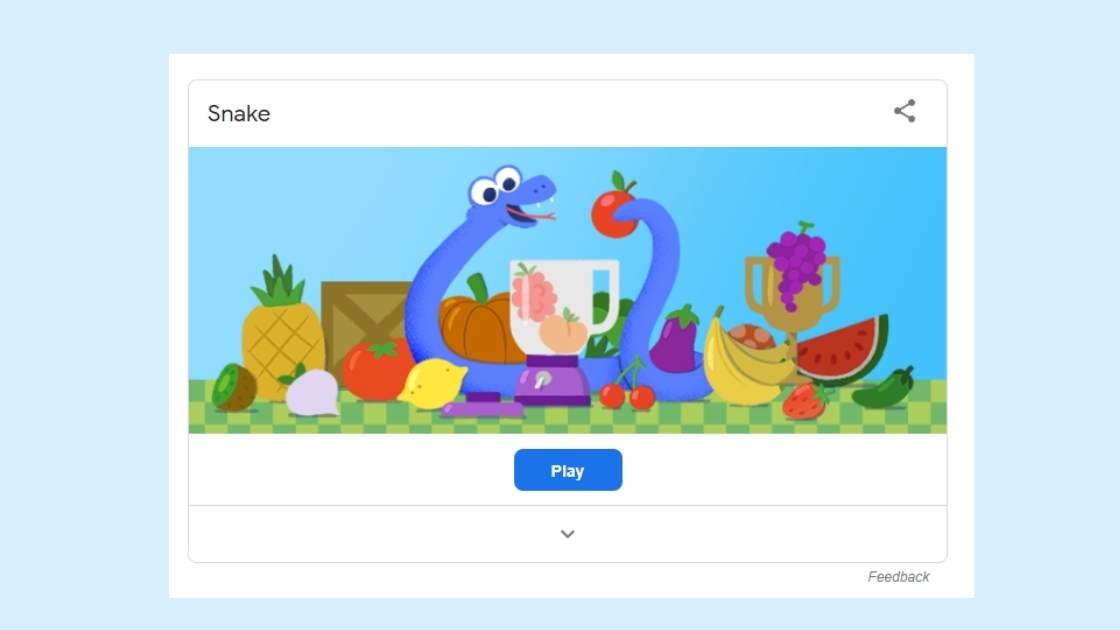Introduction to This Guide
In League of Legends, the support role is a testament to the idea that not all heroes wear capes. As a support, your primary mission is to assist your team, ensure your ADC can farm safely during the early game, provide vision control to safeguard against enemy ganks, and set up game-changing plays.
Embracing the support role means adopting a mindset focused on strategic foresight, selflessness, and adaptability. This guide is designed to equip you with the knowledge and strategies needed to master the art of assisting, transforming you into the backbone your team deserves.
Choosing Your Champion: The Support Spectrum
The first step towards support mastery is selecting the right champion. Supports can be broadly categorized into healers (e.g., Soraka, Nami), tanks (e.g., Leona, Thresh), and playmakers (e.g., Bard, Pyke). Each type offers a different playstyle and impacts the game in unique ways. When choosing a champion, consider your team’s composition and the enemy lineup. A well-rounded support pool allows you to adapt to various game situations, providing your team with the versatility needed to face any challenge; some players even purchase League accounts with champions to increase the size of this champion pool.
Laning Phase: Winning the Bot Lane Together
The laning phase is where the support role truly begins to shine. You aim to ensure the ADC can farm safely, establish lane dominance through zoning and harass, and maintain vision control to protect against enemy jungler interventions. Effective communication with your ADC is crucial—discuss when to push the lane, freeze, and go in for a kill. Mastering the laning phase sets the foundation for a successful game, paving the way for your ADC to become a late-game powerhouse.
Vision Control:
Vision control is arguably the most critical aspect of playing support. Proper warding can prevent ganks, secure objectives, and provide valuable information on enemy movements. Always carry a Control Ward on your trips back to base and prioritize warding objectives like the Dragon and Baron Nashor. Learn the critical warding spots for defensive and offensive plays, and remember, clearing enemy wards is just as important as placing your own.
Roaming on Support:
As a support, your influence isn’t limited to the bot lane. Roaming allows you to impact other parts of the map, helping to secure kills, relieve pressure from your teammates, or secure objectives. Timing is critical—look for roaming opportunities when your ADC is safe or the enemy bot lane has backed. Communicate your intentions to your team, especially the mid-laner and jungler, to coordinate ganks or invades. Effective roaming can tilt the scales in your team’s favor, setting up a snowball effect for a dominant mid-to-late game.
Team Fights:
In team fights, your role as a support is multifaceted. You should peel for your carries, engage on priority targets, or use your utility to control the battlefield. Understanding your champion’s role in team fights—initiating, protecting, or providing utility—is crucial. Positioning is also vital; staying alive means you can continue to support your team with heals, shields, and crowd control. Always be mindful of the threats to your carries and use your abilities to mitigate these dangers, ensuring your team can secure kills and objectives safely.
Advanced Support Tactics:
As you grow more comfortable in the support role, it’s time to delve into advanced tactics. Objective control can significantly impact the game’s outcome, especially around the Dragon and Baron Nashor. Learn to set up vision control before these objectives, clearing enemy wards and placing your own to ensure your team has the advantage. Deep warding in the enemy jungle provides valuable information on the enemy jungler’s position, allowing your team to make informed decisions on pushing lanes or contesting objectives. Counter-warding, or denying enemy vision, is equally essential—carry an Oracle Lens to clear enemy wards, particularly before significant objectives or fights.
Continual Improvement:
Mastery in the support role, as in all aspects of League of Legends, requires continual improvement. Review your gameplay regularly, focusing on positioning, vision control, and decision-making. Identify patterns or mistakes in your play and set specific goals to address them. Stay informed about changes in the meta, adapting your champion pool and strategies as needed. Engaging with the community through forums, streams, or coaching can provide new insights and perspectives on the support role.
My Thoughts:
Embracing the support role in League of Legends is a journey of constant learning and adaptation. Your impact on the game goes beyond assists and wards; it’s about creating opportunities, securing advantages, and enabling your teammates to excel. Remember, the most successful supports are those who understand the role’s nuances, from champion selection and laning to vision control and team fighting. With dedication, practice, and a willingness to learn, you can become the cornerstone of your team, turning the tide of battles and leading your team to victory.







